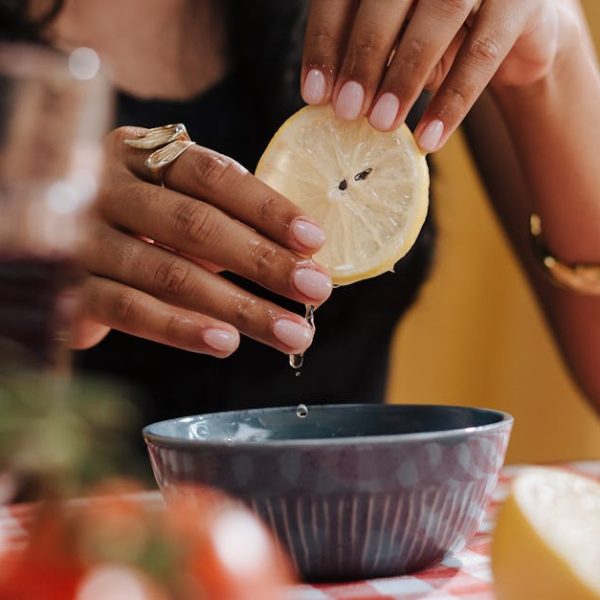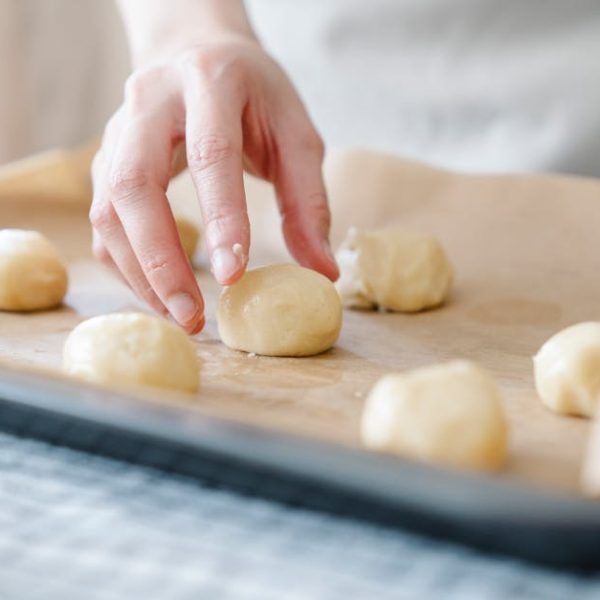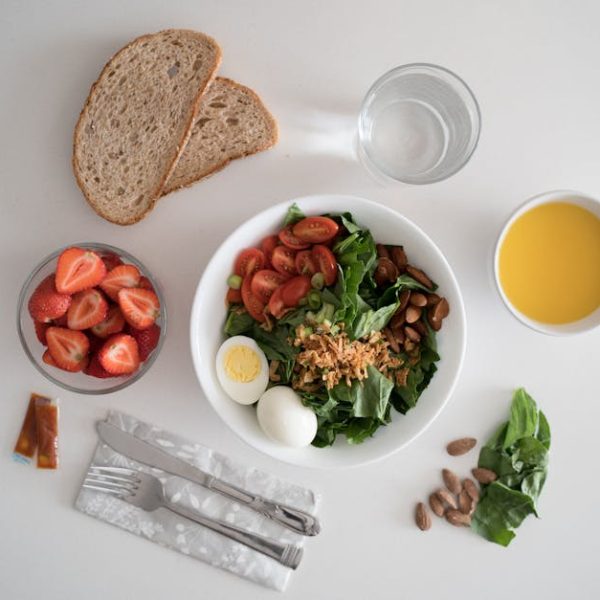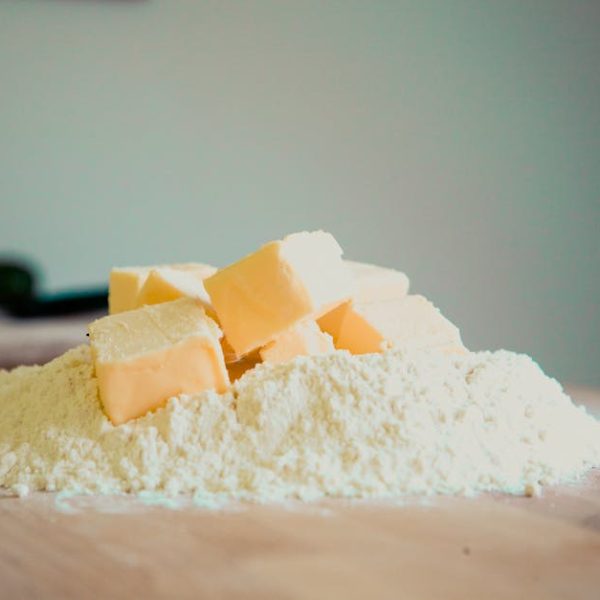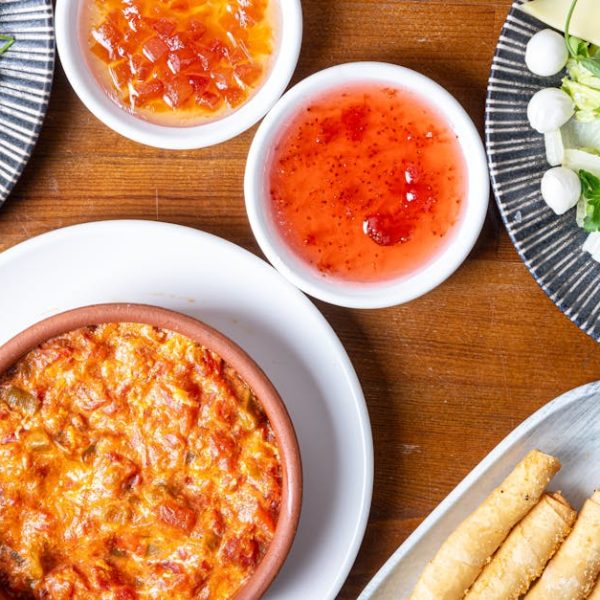Avocados are a delicious and versatile fruit, chock-full of healthy fats and nutrients. However, anyone who’s spent time in the kitchen knows that a perfectly ripe avocado has a relatively small window of opportunity for prime enjoyment. To extend this window and keep your avocados at their peak for longer, it’s crucial to understand the best methods for storage.
Fundamentals of Storing Avocados
The science behind storing avocados goes beyond just keeping them fresh. Proper storage techniques can significantly impact the fruit’s taste, texture, nutritional value, and shelf-life. If you’ve ever bit into a browned, overripe, or mushy avocado, you’re likely familiar with the disappointment that follows. In contrast, a properly stored avocado maintains its rich, creamy texture and flavor.
Properly storing avocados extends their shelf life, helping to reduce food waste. When improperly stored, avocados can overripe quickly, leading to a loss in nutritional value as essential nutrients break down. And it’s not just about longevity – the taste and texture of an avocado can be significantly impacted by your storage methods. An avocado stored correctly will remain creamy and delicious, offering the ideal complement to a myriad of dishes.
Quick Tips for Avocado Storage
Ripe and ready-to-eat avocados can be tricky. If you aren’t ready to use a ripe avocado immediately, there are a few methods you can try to extend its lifespan:
- Lemon Juice: The acid in lemon juice helps prevent the browning process. Simply brush a ripe avocado with lemon juice, and store it in the fridge.
- Plastic Wrap: Wrap ripe avocados tightly in plastic wrap, making sure no air is trapped inside.
- Storing with an Onion: Store the ripe avocado in an airtight container alongside a cut onion. Onions emit sulfur gas that staves off browning.
- Brown Paper Bag: For underripe avocados, storing them in a brown paper bag can speed up the ripening process.
Remember, choose the right storage method depending on the ripeness of the avocado and when you plan to eat it.
Understanding the Role of Temperature and Light in Avocado Storage
Both temperature and light play significant roles in the ripening and storage process of avocados. These fruits ripen at room temperature, and their maturation process can be hastened or slowed down depending on where they’re stored.
For instance, keeping an avocado in a warmer spot or exposing it to natural light can accelerate the ripening process – handy if your avocados are underripe and you’re keen to use them. On the other hand, if your avocado is already ripe and you’re not ready to eat it just yet, place it in the fridge. The cooler temperature will slow down the maturation process, extending the life of your avocado.
How to Store Cut Avocados
A cut avocado may start to brown quickly due to oxidation, a process that occurs when the avocado’s flesh comes into contact with air. By understanding how to store a cut avocado properly, you can minimize this process and maintain the fruit’s freshness for longer. Here are some tips:
- Storing With the Pit: Leave the pit in the unused half of the avocado, as this can help slow down the browning process.
- Using Lemon Juice: As with whole avocados, brushing the exposed flesh with lemon juice helps to preserve it.
- Using Plastic Wrap: Wrapping the cut avocado tightly in plastic wrap, making sure to remove as much air as possible, helps to keep it fresh.
In the next part, we will discuss creating tasty recipes with stored avocados.
Creating Tasty Recipes with Stored Avocados
Properly stored avocados can offer a delightful touch to a variety of recipes. Not only are these fruits incredibly versatile but can add a creamy, luscious texture, and rich, mild flavor to any dish. Whether you’re whipping up breakfast, crafting a salad, or indulging in a dessert, avocados have got you covered. Here are some nutritious and tasty recipes to try using your well-stored avocados:
- Avocado Toast: Simplicity at its finest. Spread ripe avocado on whole grain toast, season with salt and pepper, and drizzle with olive oil. The perfect breakfast or healthy snack.
- Guacamole: A classic that never fails to please. Mash ripe avocados, add diced onion, tomatoes, cilantro, lime juice and seasonings. Enjoy with nachos or as a topping for tacos or burritos.
- Avocado Salad: This is a refreshing and easy to make dish. Dice ripe avocados, tomatoes, cucumbers, and red onion. Toss them in a bowl, squeeze some fresh lime juice, drizzle with olive oil, season and serve.
- Chocolate Avocado Pudding: Believe it or not, avocados can make a rich and velvety dessert. Blend ripe avocados with cocoa powder, a sweetener of your choice, and a touch of vanilla extract to create a decadent, guilt-free chocolate pudding.
These dishes highlight how versatile avocados can be and how good storage practices can extend their uses.
Conclusion
Selecting and storing avocado can seem like a difficult task, but it doesn’t have to be. The key is to monitor the ripening process closely and use the appropriate storage techniques to maximize the fruit’s freshness and taste. With the proper methods, you’ll be able to enjoy delicious and nutritious avocados in countless of your favorite recipes!
Checklist for Storing Avocados
Here’s a quick summary of the steps to store avocados properly:
- Check the ripeness of the avocado.
- If the avocado is ripe and you plan to eat it soon, store it in the fridge to slow down the ripening process.
- If the avocado is chopped, brush it with lemon juice or store it with the pit to prevent browning. Wrap it tightly with plastic wrap.
- If the avocado is underripe, store it at room temperature in a brown paper bag to accelerate ripening.
- Avoid exposing avocados to excessive light or heat to prevent premature browning.
With these tips and recipes, you’re well on your way to becoming a pro at storing avocados and utilizing them to their fullest potential in a variety of tasty dishes!
Key Takeaway:
- Proper storage techniques vastly impact an avocado’s taste, texture, nutritional value, and shelf-life.
- A myriad of quick and effective storage methods exist, such as using lemon juice, plastic wrap, storing with an onion, and more.
- Temperature and light significantly affect the storage, ripening, and tastiness of avocados.
- Knowing how to store cut avocados correctly can preserve their freshness.
- Stored avocados can be included in various tasty dishes, showcasing their versatility.
Understanding and applying appropriate avocado storage methods helps to extend their ripeness window and makes the most of their delicious taste and high nutritional value. With these insights, you can confidently enjoy your avocados to the fullest in a variety of nutritious and tasty recipes.
FAQs
Q: What other fruits or vegetables can I store with my avocados to extend their ripeness?
A: Apples and bananas are known to emit ethylene gas which speeds up the ripening process, making them ideal to store with underripe avocados.
Q: Should I store my avocados in the refrigerator right after buying them?
A: Unless avocados are already ripe, it’s best to store them at room temperature. Once ripened, you can store them in the refrigerator if you don’t plan to eat them immediately.
Q: What is the best way to store an avocado if I only want to eat half of it?
A: For a cut avocado, leave the pit in the unused half and brush it with lemon juice or vinegar, then store it in an airtight container.
Q: How long does a ripe avocado last in the fridge?
A: A ripe, uncut avocado can last in the refrigerator for 2-3 days. If it’s cut, using lemon juice or vinegar can help keep it fresh for an additional day or two.
Q: Can I freeze my avocados?
A: Yes, you can. Ensure they are ripe, cut them in half, remove the pit, and store it in an airtight container or freezer bag. Avocados frozen this way can last for up to six months.
We hope you’ve found this piece informative. Feel free to explore more posts on our website or share this article with fellow avocado aficionados.

